All about the mantra Om
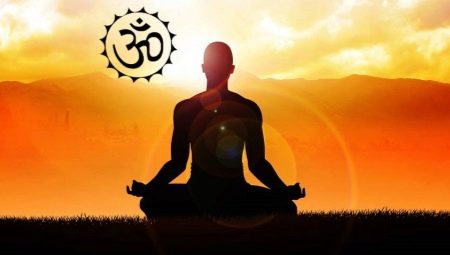
Mantras are an ancient way of communication between a person and the Universe. Moreover, such communication is characterized by positive energy. Today there are a large number of different mantras, each of which has its own meaning and has a number of unique individual characteristics. Today in our material we will consider in detail the mantra Om.
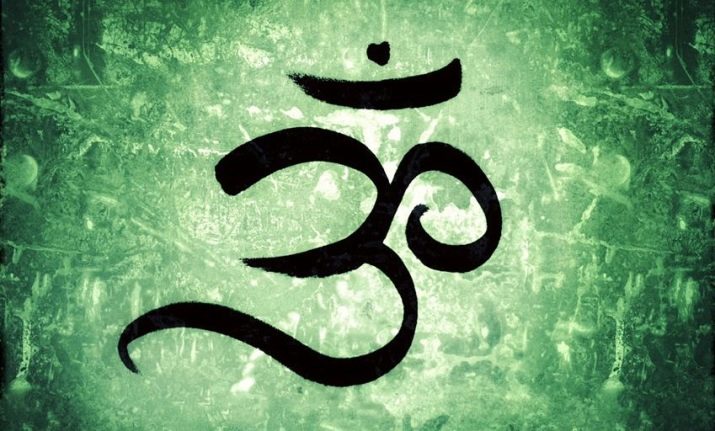
What it is?
Mantra Om helps to unite the body and soul of a person, it connects his physical shell and energy field. A person who practices this mantra has the opportunity to concentrate on himself and put his mind in order.
Depending on the pronunciation of the mantra, it can sound like "OM" or "AUM". The meaning of the pronunciation of this mantra is that this sound in itself contributes to the purification and pacification of the human soul, brings clarity of mind.

If we talk about the meaning of the mantra, then you need to decipher it not as a whole, but by individual symbols:
- sound A means creation, dreams and heavenly delight;
- the sound of Wu is interpreted as earth and sleep;
- the M sound is associated with destruction and the underworld.
Thus, we can conclude that the great mantra Om personifies the cyclical nature of the world and reflects all that exists. This mantra is most actively used by Tibetan monks; it is also popular among those people who regularly practice yoga. At the same time, mentions of Om exist in the most ancient scriptures.
Within the framework of such a religious trend as Hinduism, the mantra Om is considered one of the most sacred. In this regard, this sound is also called the "word of power."
Adherents of Hinduism believe that the sound Om is the primary manifestation of the divine principle, and its vibrations led to the emergence of the universe.
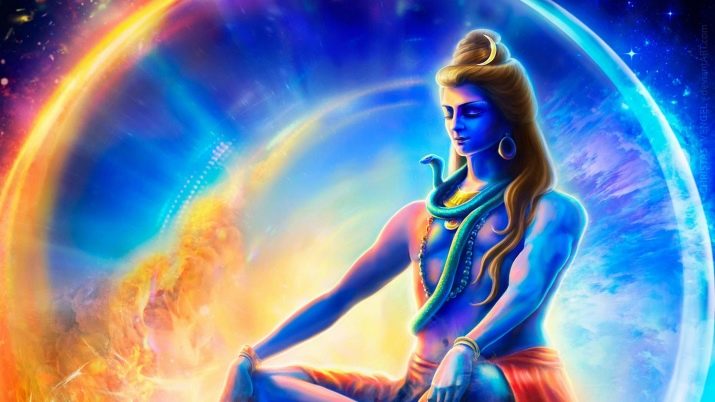
What impact does it have?
The mantra Om has a positive effect on the person who practices it regularly. Let's take a closer look at the effects that this sound leads to:
- cleansing the mind;
- elimination of negative emotional states;
- renewal and restoration of the human energy field;
- bringing a person to a harmonious and balanced state (relevant for apathetic or overly excited people);
- spiritual development, etc.
It is also important to say that very often the sound of Om is used in combination with other mantras, while enhancing them. As part of independent practice, Om helps a person get rid of illusory ideas about the outside world around him.
Thus, we can conclude that the mantra Om works for the benefit of a person.
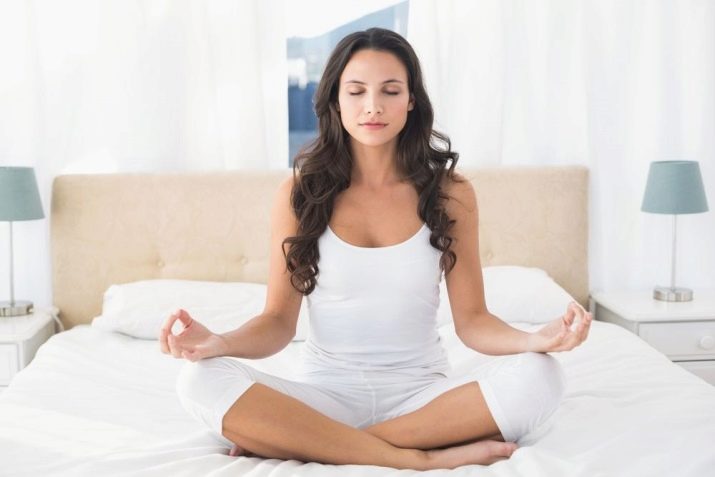
Who is it for?
Mantra Om is suitable for every person (regardless of gender and age) who wants to get rid of stress and anxiety. Moreover, these stresses and worries can be associated with any areas of your life (personal, family, work, etc.). The mantra Om provides tranquility and balance. It is advisable to practice it in the morning.
Pronunciation options
The mantra Om can be recited in different ways (for example, Hrim, Aum, etc.). It should be borne in mind that the meaning and impact of this sound on a person will also change.
First of all, let's look at the correct ways of pronouncing the mantra. There are several of them.
- Aloud. Pronouncing Om aloud is considered ineffective. This is due to the fact that in this situation, the sound affects not the inner world of a person, but his external environment. Moreover, externally, Om is only an expression of your inner consciousness.
- In a whisper. This method will be most relevant if you want to influence energy flows.
- In the mind. This pronunciation is considered to be the strongest. In the process of reciting a mantra in your mind, you have the most powerful influence on your inner world.
Reading the mantra Om is permissible not only alone, but also in the company of like-minded people. Thus, you have a complex effect on your inner worlds as well as on your environment.
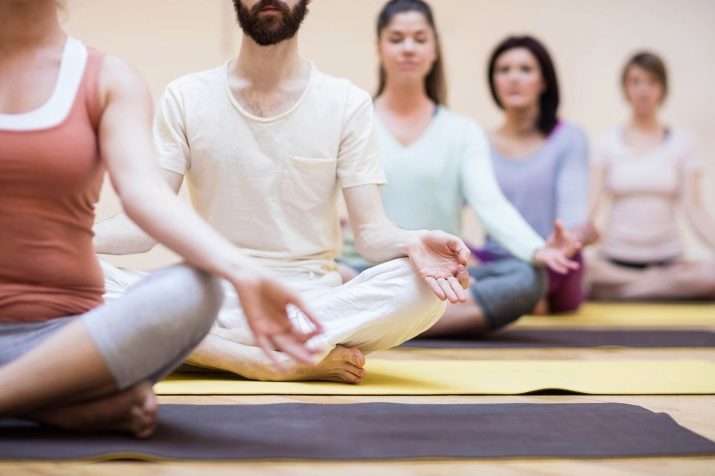
Thus, depending on your goals, you can chant the mantra in completely different ways. However, one way or another, it is necessary to approach this process as consciously as possible.
Practice
People who think about the practice of the mantra Om are wondering how to do it correctly. Moreover, this question may be of interest not only for beginners, but also for experienced yogis. Let's consider the basic rules of practice.
- Before you start direct practice, you need to tune in to the appropriate mood. To do this, you need to stay alone with yourself and try to concentrate as much as possible on your own feelings and sensations. At this point, it is important to get rid of worldly worries and worries.
- Once your mind has been cleared, you need to find the position that is most comfortable and comfortable for you. This is usually a sitting posture.
- Next, you need to relax your body as much as possible, stop thinking, drive away all extraneous thoughts present in your head.
- The next step is for you to be able to focus as much as possible on your inner self. To do this, you need to close your eyes and try to feel like a part of something larger, a part of the Universe.
- At this stage, you can already start humming or reading sounds. At the same time, it is recommended to pronounce them with the maximum possible identical interval. In addition, sounds must be pronounced in one breath.
- In the process, it is important to maintain the feeling that you are in an immense galactic space, with stars around you.You should feel as if you are in emptiness, and the vibrations of the sound you utter fill the entire Universe.
- In order to streamline the practice, you can hold a rosary in your hands, sorting through them, and thereby keeping track of the number of pronounced syllables. Remember that one circle of the mantra is 108 times.
- After the practice is over, you can slowly open your eyes and return to the real world.
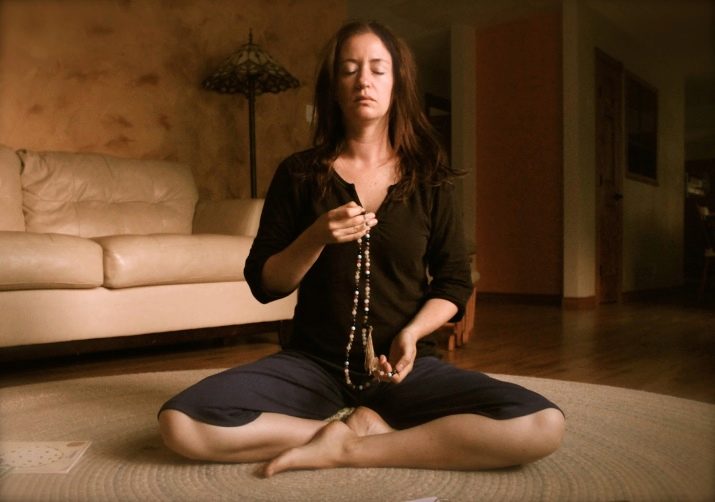
Besides, it should be borne in mind that the practice should only be carried out in a well-ventilated area with plenty of fresh air. You can disperse incense, light candles or incense sticks if you like. Before you start pronouncing the words, you need to drink water and take a few deep breaths and exhalations.
When uttering sounds, you should feel vibration in your body: in your head, chest, solar plexus, stomach, etc. However, such sensations will not appear from the first practice.
Beginners are advised to start reciting the mantra out loud, eventually switching to a whisper, and then reciting Om altogether only in their own mind.
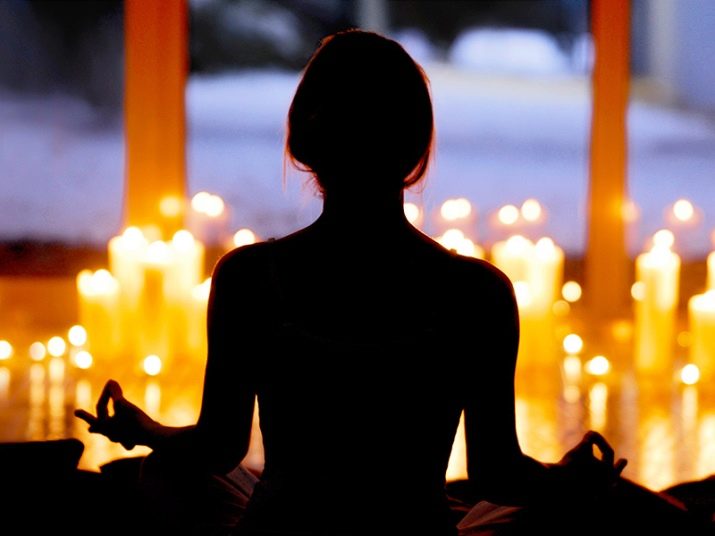
Today there are several types of Om practice. Let's consider them in more detail.
Active
Speaking about active practice, it must be borne in mind that it implies repeated pronunciation of a sound. but before embarking on an active practice, you should make preliminary preparation, namely - tune in to a suitable mood, take a comfortable sitting position, inhale and exhale several times in such a way as to balance breathing.
Experienced yogis and those people who constantly practice meditation are advised to focus all their attention on the chakra called Agni (remember that your hands should also be in the appropriate position). The muscles of the body should be as relaxed as possible.
As for reading and directly pronouncing the sounds of Om, this must be done within the framework of one syllable smoothly and drawn out. At the same time, it is also quite important to monitor your breathing - it should be calm and deep. Usually, when reading Om, the volume of the voice is varied, then increasing, then lowering it. Pronunciation of one syllable should last for 10-30 seconds. At the same time, it is also recommended to say the mantra to yourself for the first few minutes.

Passive
In addition to the active, there is also a passive way of practicing the mantra Om. In this respect, this does not mean active singing, but passive perception of sound. In this case, with this sound, you can begin and end your meditation.
If you give preference to passive perception of the sound of Om, then depending on your mood and preferences, you can choose different types of sound performance. The passive practice should take place at dawn, before the sun rises.
Before embarking on direct meditation, experts recommend doing a little warm-up by taking several asanas - thanks to this, you can quickly move out of sleep and enter a state of wakefulness.
It should also be borne in mind that the room in which you will practice must be prepared in advance. It should be in complete order, there should not be any distracting elements, and in general, the atmosphere itself should be calm and relaxing. To listen to Om, you need to take the most comfortable position, for example, the "Lightweight Lotus" pose is well suited. You should focus on the Ajna chakra, which is located on the forehead between the eyebrows.

Poses
The postures in which the practice of the Om mantra is carried out are called asanas. They contribute to the correct direction of the energy flow and take your practice to a qualitatively new level.
For the practice of the mantra Om, several positions are suitable. Let's consider them in more detail.
Siddhasana
This asana is accepted by those people who want to strengthen the mantra. Generally speaking, the Siddhasana pose is traditionally called the pose of power.Most often, representatives of the beautiful half of humanity give preference to her. For to take this asana, you must cross your legs so that the calf muscle of the lower leg is on the lower part of the upper leg. In doing so, your heels should be towards the crotch. Put your hands on your knees.
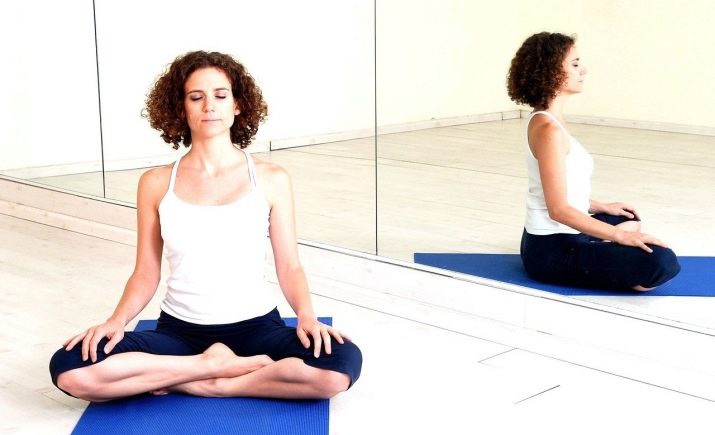
Vajrasana
This pose is also popular with those people who practice the Om mantra. In order to accept it correctly, you need to sit on your knees, while crossing your big toes. After that, the body must be lowered onto the heels, they should bear your main weight. In this case, the back should be kept as straight as possible.
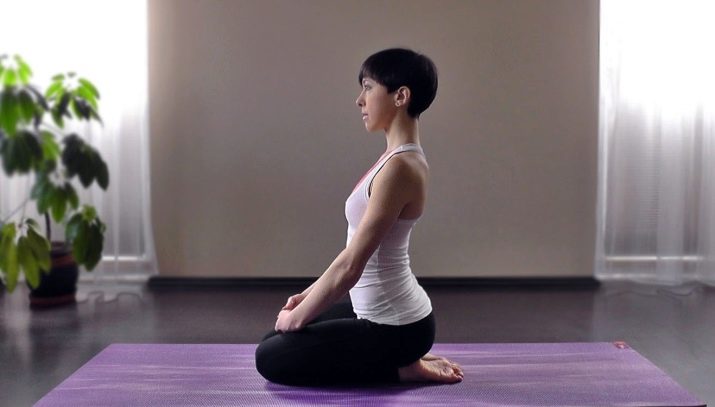
Padmasana
This position is considered to be calming. However, you should immediately take into account the fact that it is not suitable for beginners. It can only be performed by trained and experienced people. In addition, the use of Padmasana during meditation should be abandoned by those people who suffer from joint diseases. The scheme for taking a pose is as follows. First you need to take the original sitting position - your legs should be located in a bent knee position, your feet should be placed on the upper surface of the thigh crosswise. In this case, it is very important to ensure that the back is as straight as possible, and the spine should be in an extended position.
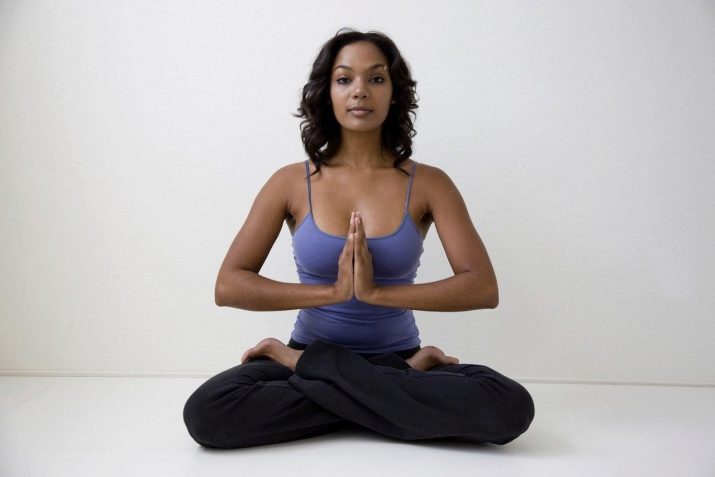
Each of these poses are great for practicing the Om mantra. Choose the option that best suits your capabilities and preferences.








